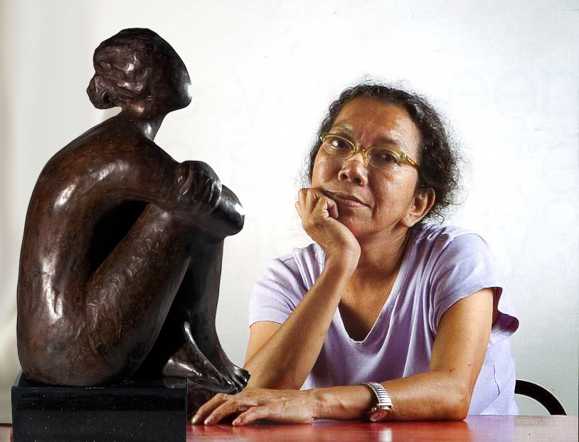Vray Tips by Vlado
Vlado's VRay Guidelines
I've been asked many times what are "good" VRay settings. Of course, there is no universal answer and it depends on the desired render speed and quality, but here is a set of settings that I have found to work very well for still images in many situations. Please note that these settings are not optimal, in the sense that with enough tweaking, you can probably get similar quality with faster render times. The beauty of these settings though, is that they require almost no tweaking and you are guaranteed to get a nice result in the end.

Provided that you start with a default VRay renderer:
(*) In the Image sampler rollout, switch to "Adaptive QMC".
(*) Set the "Max. subdivs" to 100 (one hundred). Leave the "Min. subdivs" to 1.
(*) Set the primary GI engine to QMC GI. Do not change the subdivs.
(*) Set the secondary GI engine to Light cache.
(*) Set the light cache interpolation samples to 5.
(*) Set the QMC Sampler "Adaptive amount" to 1.0.
(*) Un-check the "Clamp output" option in the Color mapping rollout.
[*] Typically you will need to adjust the Noise threshold as the default produces too much noise. A good value is 0.001.
(*) You are done.
To control render quality vs render time:
(*) Adjust the QMC Noise threshold. Lower values reduce noise, but increase render times.
(*) Adjust the light cache subdivs. This is scene dependent, but usually values from 1000 to 5000 are enough for most scenes. You can also adjust other light cache parameters as necessary.
(*) Turn on or off reflective/refractive GI caustics as needed.
(*) Optionally turn on the "Use light cache for glossy rays" option to speed up glossy reflections.
(*) You may want to adjust the render region (bucket) size for faster feed-back.

Notes:
(*) Leave all subdivs anywhere at their default values. They won't have any effect anyways - the 100 AA subdivs will almost certainly override everything else.
(*) For builds of VRay before 1.49.30, DO NOT use color mapping other than Linear. Otherwise, you risk to get an incorrect result in the end. If necessary, apply color correction in post. You can change the dark/bright multipliers, provided that you leave both at the same value.
(*) Avoid using sharpening AA filters. They can make the noise more apparent.
Advantages of these settings:
(*) Very little parameters for controlling render quality.
(*) Work for a very large number of scenes.
(*) Typically produce high-quality results.
Disadvantages of these settings:
(*) May be slow to render. With tweaking, you may get faster results.
How it works:
The high AA subdivs essentially causes all the sampling to be performed by the image sampler. It will take as many samples per pixel as required to achieve the specified noise threshold. In many ways, this is similar to PPT, but is done on a per-bucket basis and the number of samples is adaptive.
Best regards,
Vlado


Komentar
Posting Komentar